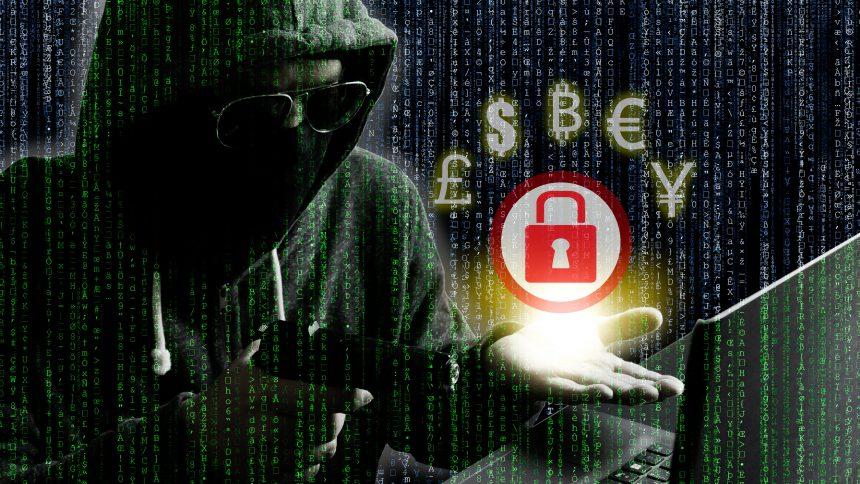Ransomware is a form of malicious software designed to block access to a system or personal files until a ransom is paid. This type of malware is particularly dangerous because it can encrypt critical files, making them inaccessible to the user, and demand a ransom from the victim to regain access. Ransomware attacks have become increasingly sophisticated, targeting individuals and organizations alike, with the intent to extort money by threatening the loss or leakage of important data.
Zola Ransomware: Threat Overview
Zola Ransomware is a notorious strain of ransomware that poses significant threats to infected systems. Once this ransomware infiltrates a computer, it initiates a series of malicious actions designed to lock down the victim’s files.
Installation and Functionality
Zola Ransomware typically gains access to systems through various vectors such as phishing emails, malicious downloads, or software vulnerabilities. Upon successful installation, the ransomware encrypts files on the infected system using strong encryption algorithms. It changes the file extensions of the encrypted files to a format such as .zola, making them unreadable without decryption. The ransomware then generates a ransom note with detailed instructions on how to pay the ransom for file recovery.
Consequences of Infection
The primary consequence of Zola Ransomware is the inaccessibility of files. Users are unable to open their documents, images, and other critical data. This can cause significant disruption, particularly for businesses that rely on these files for day-to-day operations. The ransomware note usually demands payment in cryptocurrency, such as Bitcoin, to avoid detection and facilitate the transaction.
Ransom Note Details
The ransom note left by Zola Ransomware typically contains the following components:
- Ransom Amount: Details on the amount of cryptocurrency required to decrypt the files.
- Payment Instructions: Steps on how to purchase and transfer the cryptocurrency.
- Contact Information: An email address or communication channel to negotiate with the attackers.
- Decryption Instructions: Sometimes, basic instructions on how to use the provided decryption tool after payment is made.
Text presented in this message:
~~~ Zola ~~~
>>> What happened?
We encrypted and stolen all of your files.
We use AES and ECC algorithms.
Nobody can recover your files without our decryption service.
>>> How to recover?
We are not a politically motivated group and we want nothing more than money.
If you pay, we will provide you with decryption software and destroy the stolen data.
>>> What guarantees?
You can send us an unimportant file less than 1 MG, We decrypt it as guarantee.
If we do not send you the decryption software or delete stolen data, no one will pay us in future so we will keep our promise.
>>> How to contact us?
Our email address: amgdecode@proton.me
In case of no answer within 24 hours, contact to this email: amgdecode@onionmail.com
Write your personal ID in the subject of the email.
>>>>>>>>>>>>>>>>>>>>>>>>>>>>>>>>>>>>>>>>>>>>>>>>>>>>>>>>>>>>>>
>>>>> Your personal ID: – <<<<<
>>>>>>>>>>>>>>>>>>>>>>>>>>>>>>>>>>>>>>>>>>>>>>>>>>>>>>>>>>>>>>
>>> Warnings!
– Do not go to recovery companies, they are just middlemen who will make money off you and cheat you.
They secretly negotiate with us, buy decryption software and will sell it to you many times more expensive or they will simply scam you.
– Do not hesitate for a long time. The faster you pay, the lower the price.
– Do not delete or modify encrypted files, it will lead to problems with decryption of files.
General Purpose and Threats
The overarching goal of ransomware like Zola is financial gain. By encrypting files and demanding a ransom, attackers exploit the victim’s need to regain access to their own data. The threat posed extends beyond mere data loss—it can disrupt business operations, cause significant financial loss, and lead to potential data breaches if sensitive information is involved.
Symptoms of Zola Ransomware Infection
If your system is infected with Zola Ransomware, you may notice the following symptoms:
- Files with New Extensions: Files on your system may have been renamed with the
.zolaextension. - Ransom Note: A ransom note file may be present on your desktop or other common folders.
- Inability to Access Files: Files may appear as encrypted or corrupted, rendering them unusable.
- Unusual System Behavior: Sluggish performance or unexpected system crashes could occur.
Detection Names for Zola Ransomware
To identify Zola Ransomware on your system, look for the following detection names in your security software:
- Zola Ransomware
- ZolaCrypt
- .zola Extension Ransomware
- ZolaDecryptor
Similar Threats
You might encounter other ransomware strains with similar characteristics, such as:
- Locky Ransomware
- WannaCry Ransomware
- CryptoLocker Ransomware
- Ryuk Ransomware
Comprehensive Removal Guide
Step 1: Disconnect from the Internet
Disconnect your computer from the internet to prevent the ransomware from spreading or receiving further instructions from the attacker.
Step 2: Enter Safe Mode
- Restart your computer.
- During startup, press
F8orShift + F8(depending on your system) to access Safe Mode with Networking. - Select Safe Mode from the boot options menu.
Step 3: Remove Ransomware Files
- Open Task Manager (Ctrl + Shift + Esc).
- Look for any suspicious processes related to the ransomware and end them.
- Navigate to your file system and delete any files associated with the ransomware. These may include files with names similar to the ransom note or executables with unusual names.
Step 4: Use Anti-Malware Software
- Download and install SpyHunter.
- Run a free full system scan to detect and remove the ransomware.
- Follow the software’s instructions to quarantine or delete malicious files.
Step 5: Restore Your Files
- If you have backups of your files, restore them from a secure backup source.
- Ensure that your backups are not connected to the infected system before restoring.
Step 6: Update and Secure Your System
- Ensure your operating system and all software are up to date with the latest security patches.
- Install and maintain reliable antivirus and anti-malware software.
- Regularly back up your data to secure locations.
Preventing Future Infections
To prevent ransomware attacks, consider the following measures:
- Be Cautious with Emails: Avoid opening attachments or clicking links from unknown or suspicious sources.
- Keep Software Updated: Regularly update your operating system and software to fix vulnerabilities.
- Use Strong Security Software: Employ comprehensive anti-malware tools and keep them updated.
- Backup Data Regularly: Maintain frequent backups of important data in multiple secure locations.
Download SpyHunter Now! Scan your Computer for Ransomware for Free!
To safeguard your system and eliminate potential threats, download SpyHunter today for a free scan. This advanced anti-malware tool can help detect and remove ransomware and other malicious software effectively.





